6 Main Differences Between all Cryptocurrencies
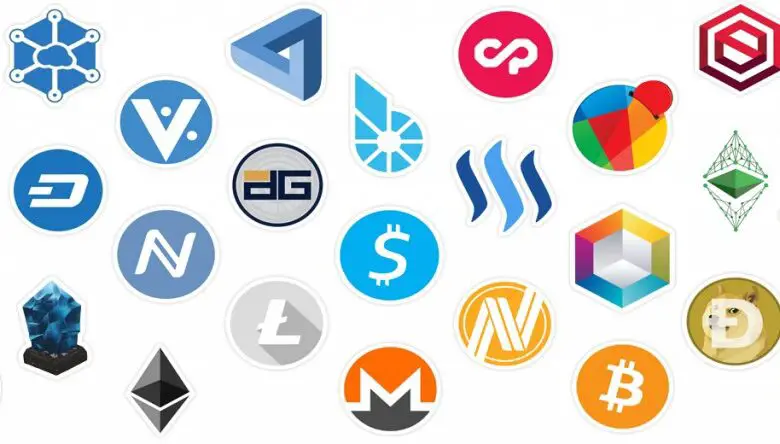
The crypto market is huge, and it follows different rules, but it doesn’t mean it’s the same for all the cryptocurrencies available on it. When we talk about it, the first thing that crosses our minds is Bitcoin and its huge role in the world. It was the first virtual currency launched more than a decade ago, so it’s understandable that people recognize it the most, and it’s possible that most of them can’t name more than two currencies. But, there is a lot more than that – according to many sources, the total number of digital money is 6,955, but some of them failed and aren’t active right now. Another source says that the complete number is around 5,000 and that’s really a lot, knowing that we only recognize barely 10 of them.
All of these currencies have a lot of similarities, but at the same time, they are all different. But, what are the main differences? How can we say which currency is better than the other? Is it possible to know how all of them work? Let’s see those differences in this article:
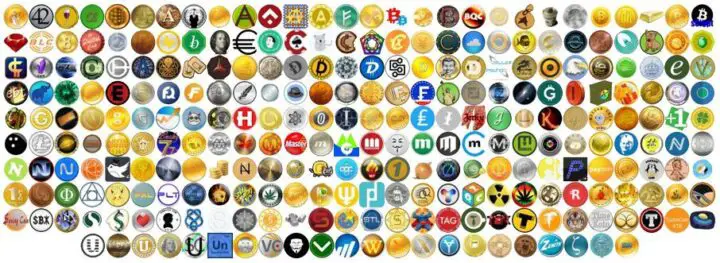
1. The year they were launched
This money didn’t appear overnight. Their developers worked on them for years, and the Bitcoin was launched in 2009, starting this huge chapter, which is risky, unpredictable, but at the same time profitable and promising. Litecoin appeared a few years later, in 2011, followed by Ripple in 2012. Ethereum, which is one of the most recognized currencies, was launched in 2015, and just one year earlier the world met Stellar. In 2017 Bitcoin Cash was developed and launched, as a successor of the Bitcoin.
2. They are a type of digital currencies
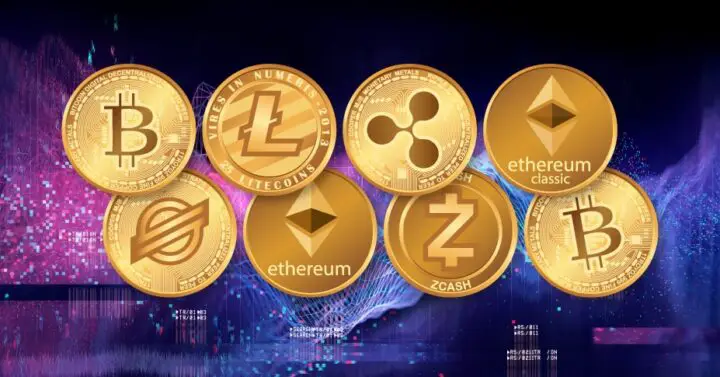
Most people are not aware that there is a difference between digital, virtual, and cryptocurrencies, but they are strongly related, and it’s not a huge mistake when we mix them up. But, here we are to explain it. Digital currencies are the main group that contains all the electronic money, including the virtual and crypto ones. Virtual money is strictly digital, they aren’t controlled by any bank, and they exist in some virtual spaces, and can be used there. Sometimes, they can be exchanged for traditional money, depending on the purpose and the background. But, what makes the cryptocurrencies different? They are both digital and virtual, but they are backed up by cryptography. In order to access them, you need to either invest in the blockchain system and solve advanced cryptography tasks or join some trading community, and buy or exchange them from the people who already mined their money, and they are ready to sell them for cash. Interested?
Check more here: https://bit-bolt.com/.
3. The complete supply of coins
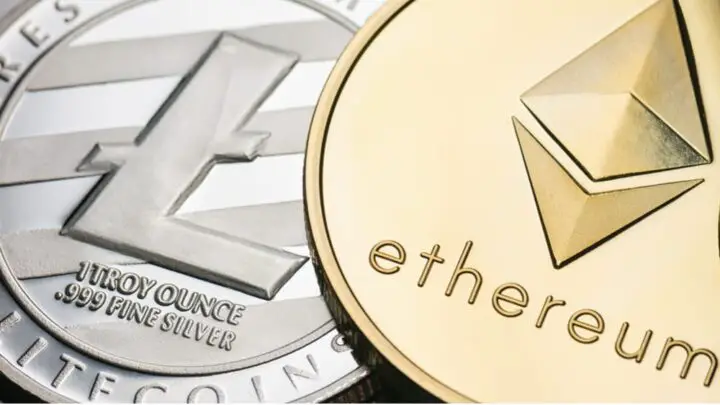
Maybe it will be weird for you to hear that some of the most popular crypto money are limited, and there can’t be more than that. For example, there are 21 million Bitcoins circulating over the market, and that’s the upper limit, and the developers won’t ever let one more coin to be available. The same goes for the Bitcoin cash too. On the other hand, Ethereum and Litecoin don’t have a limit, and the supply is getting bigger every day, making them more available for the people. But, at the same time, it means they can’t really reach very high rates. This is another one important difference between these currencies – if the supply is determined, they are getting more worthy every day. But, if there are uncountable coins, their worth will never be stable.
4. Transaction speed
We all want immediate transactions, but it’s not possible every time. For example, when it comes to Bitcoins, if you trade them, they will be available at the very same moment. The same goes for sending them to your friends. But, for those who are mining through their super-powerful computers, it’s not that easy. They may need to wait for a little until the transaction is completed, and that can be a little frustrating. In the blockchain, there are just 7 transactions per second, and compared to the other currencies, that’s far less than 20, 50, or even 2000 transactions per second. But, on the other hand, you should be aware that Bitcoin money transfer is covered with a few layers of protection and encryption, and that’s why it may be much slower than the other currencies.
5. Where they can be “found”
Some of the currencies need to be mined by solving advanced cryptography tasks, and that requires a lot of knowledge, but also an unlimited power supply because the whole concept of the blockchain is very energy-consuming. Bitcoin is one of the currencies that if you want to earn it by yourself, you need to invest a lot in it. On the other side, coins like Ethereum or Ripple are available in known networks you need to join, so you can earn them. It’s on you to choose what works best for you.
6. Their worthiness compared to the fiat money
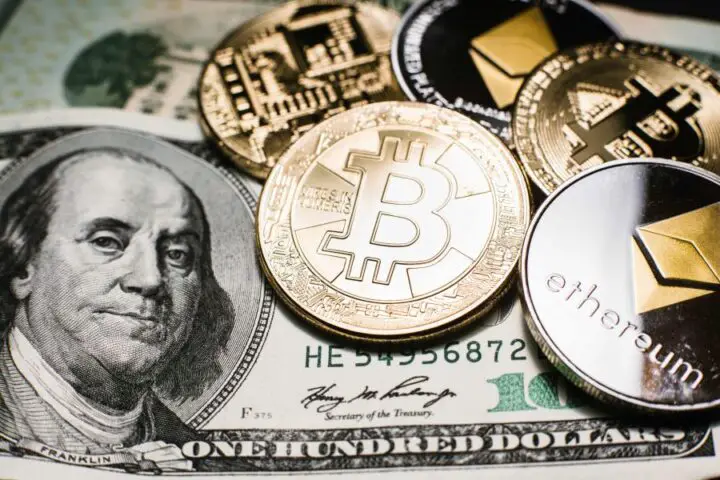
The fiat-crypto rates are changing and we can’t expect that they will stay the same all the time, because the crypto market has a different dynamic than the global financial system. For example, Bitcoin is now going close to $13,000 per one coin, but one Litecoin is equal to $56, and one Ether is $412. There is some crypto money that is related to the traditional currencies too. This is another one thing that shows us how different are these currencies, but also, that we can’t expect the situation will be the same forever. Maybe one day some of the smaller currencies will have a chance to be huge as the Bitcoins.
As a conclusion to all the things we mentioned in this article, we can say that the crypto market has a huge potential to be even bigger in the future. All of these differences are normal and expected, and of course, it’s on us to decide if we will take a part in this or not.
